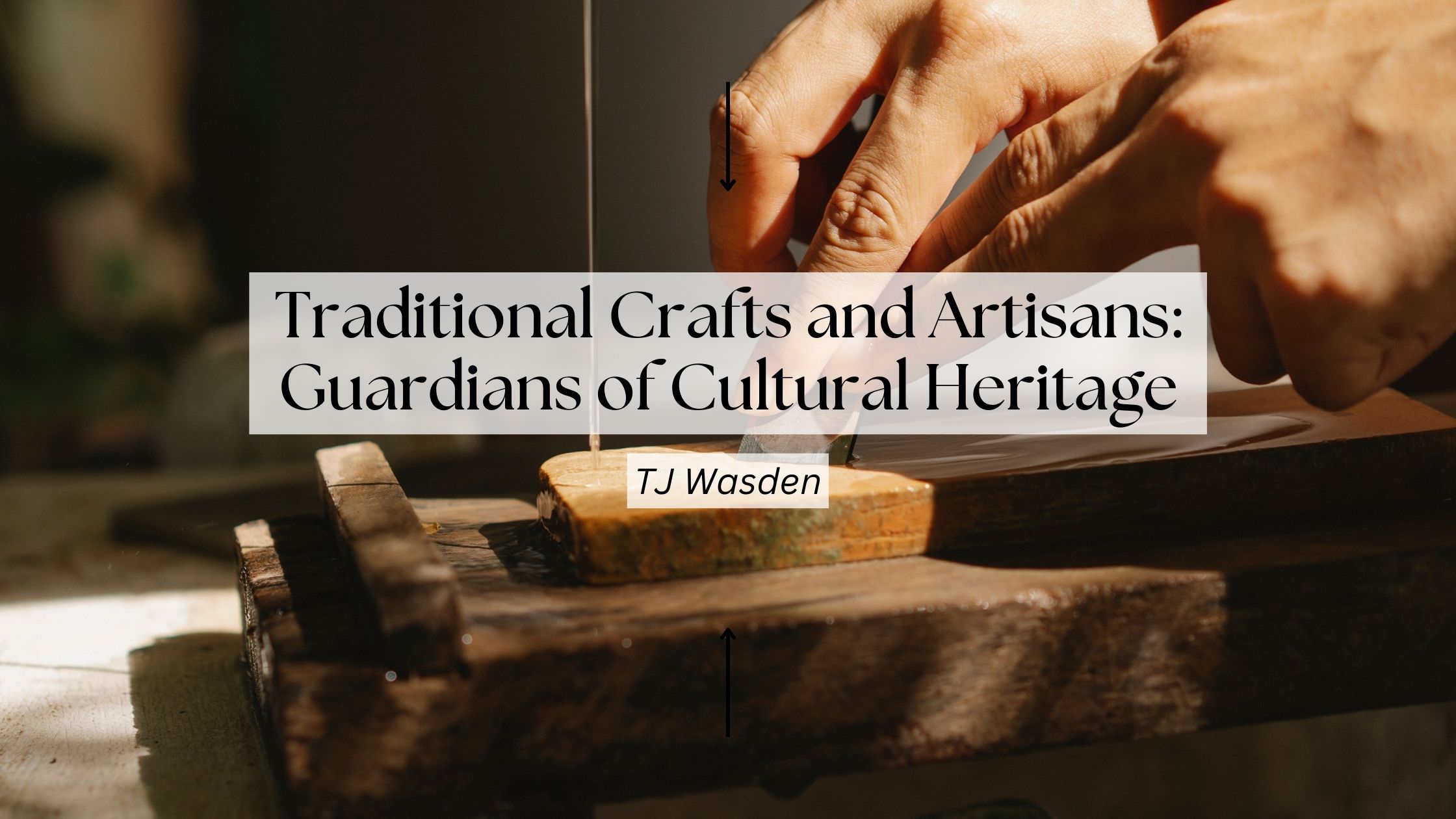
Traditional crafts and the skilled artisans who practice them are essential bearers of cultural heritage and living embodiments of history, culture, and craftsmanship. These crafts have been passed down through generations, preserving their respective cultures’ traditions, techniques, and artistry.
Preserving Cultural Identity:
Traditional crafts are deeply intertwined with the cultural identity of a community or region. They often incorporate local materials, designs, and techniques refined over centuries. By practicing these crafts, artisans help maintain and celebrate their cultural roots.
Passing Down Knowledge:
Apprenticeships and mentorship relationships ensure that the techniques and wisdom of master artisans are preserved and shared.
Sustaining Cultural Practices:
Many traditional crafts are linked to specific rituals, ceremonies, and daily life practices. For example, pottery might be associated with food storage, and textiles may have ceremonial significance. Artisans play a pivotal role in sustaining these cultural practices.
Cultural Exchange and Diversity:
Traditional crafts reflect the diversity of human culture. Different regions and communities have developed unique crafts, often influenced by local resources and needs. This diversity enriches the global cultural landscape.
Economic Sustainability:
Traditional crafts contribute to the economic sustainability of communities. Artisans often work within local economies, creating products that support livelihoods and contribute to the economic vitality of their regions.
Encouraging Sustainable Practices:
Many traditional crafts prioritize sustainability and eco-friendliness. Artisans often use locally sourced, renewable materials and employ techniques that have a minimal environmental impact, promoting a sustainable way of life.
Revival of Endangered Crafts:
In some cases, traditional crafts threaten extinction due to modernization and changing consumer preferences. Artisans and cultural organizations work to revive these endangered crafts, ensuring their survival.
Artistic Expression:
Traditional crafts are not just utilitarian; they are expressions of artistic creativity. Artisans infuse their work with intricate designs, patterns, and colors reflecting their cultural aesthetics and artistic talents.
Cultural Diplomacy:
Traditional crafts can serve as a means of cultural diplomacy. Exchanges of crafts and artisanal goods can promote cross-cultural understanding and foster goodwill between nations.
Raising Awareness:
Traditional artisans and their crafts raise awareness about the importance of preserving cultural heritage. Their work often attracts the attention of researchers, cultural enthusiasts, and tourists, all of whom can contribute to preserving these traditions.
Adaptive Innovation:
Traditional crafts are not static; they adapt to changing times. Artisans incorporate new technologies and innovative approaches while preserving the core elements of their art. This adaptability ensures the continued relevance of traditional crafts in the modern world.
Inspiring Contemporary Art and Design:
Traditional crafts have a significant influence on contemporary art and design. Artists and designers draw inspiration from traditional techniques and motifs, creating a bridge between the past and the present.
Traditional crafts and the artisans who practice them are indispensable guardians of cultural heritage. They preserve the essence of cultural identity, pass down ancient knowledge, and sustain cultural practices. These crafts contribute to economic sustainability and promote sustainability in a broader environmental sense.
